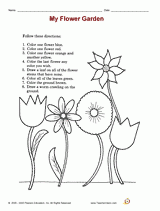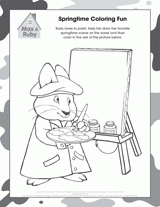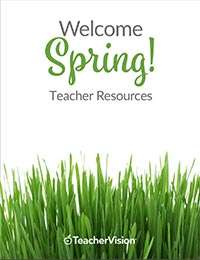Use a School Readiness Activity to provide early language thinking experiences for preschool children that will prepare them to do well in the early grades.
Grades:
Subjects:
Talking About Nature
Purpose/Skills
- To participate in group discussion
- To build vocabulary
- To listen to and answer questions
Materials
Dolls or stuffed animals; doll clothes
Vocabulary
outdoors
nature
Literature Suggestion
Read Rabbits and Raindrops by Jim Arnosky, or any age-appropriate book that features familiar natural settings and animals.
Warm-Up
Take a walk outside -- in the yard or a park. Walk slowly and stop often to name and talk about plants and animals along the way. Smell the air and talk about the sky and the weather. Encourage children to talk about the things they see.
Procedure
- Read the book. Use the illustrations to help children understand the vocabulary and the story. For English Language Learners, provide word repetitions by making up chants. Example: Rabbit, rabbit, I see a rabbit. Clover, clover, I see clover. Bee, bee, I see a bee.
- Lead a discussion about the natural elements in the story: the place, and the plants and animals that live there. As much as possible, allow children to set the direction of the discussion. Ask questions to encourage all children to participate. Talk about their reactions to the story and their likes and dislikes. Examples: Why is this your favorite picture? Can you tell me about a time when you saw some animals like these?
- Whenever possible, encourage children to talk about when and where they have seen the plants and animals in the story.
- Go for another walk. Ask volunteers to lead the group, telling about the things they see and hear.
Have children collect materials like leaves or stones while on a walk. Then encourage them to show and tell about their finds, and to make drawings or rubbings of them.
Observation Assessment
- Proficient - Child is able to describe details in a book, uses new vocabulary, and participates actively in the discussion.
- In Process - Child attempts to participate, but needs help expressing himself or using new words.
- Not Yet Ready - Child points to the picture or names one or two familiar objects, but does not participate in the discussion or use new vocabulary.












